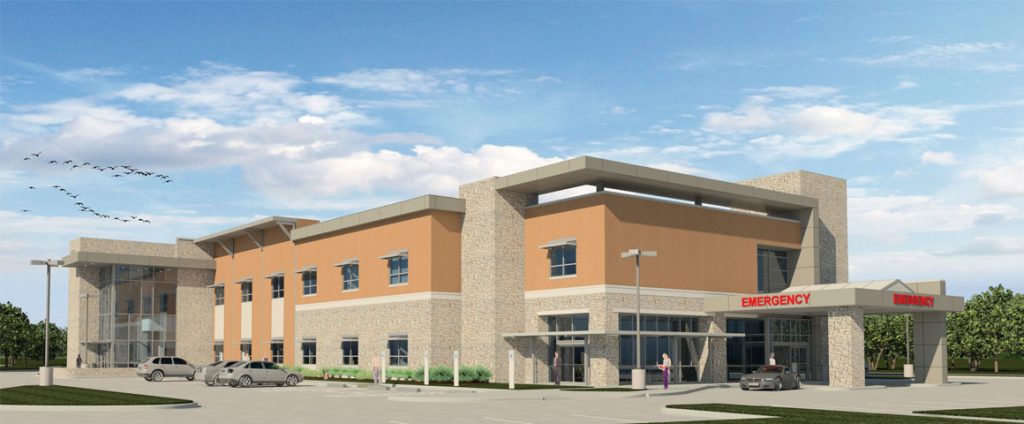President and CEO Michael Slubowski explains why he chose to open four community care hospitals over urgent care clinics.
Source: Hospitals & Health Networks
BROOMFIELD- Located in a bustling and competitive Denver marketplace, SCL Health needed a way to quickly add more access points for patients in an affordable fashion. Rather than going the more traditional expansion route, the faith-based nonprofit has chosen to partner in a joint venture with Emerus, based in The Woodlands, Texas, to build several “micro-hospitals,” with one of the four locations just opening in Littleton, Colo. Emerus will provide management services for the locations and help bring them to market faster.
For those who are unacquainted: what is a micro-hospital?
SLUBOWSKI: Here in Colorado, these are licensed hospitals. The state is actually requiring that we refer to them as community hospitals. On the signs, it says SCL Health Community Hospital. It doesn’t refer to them as micro-hospitals, but our internal vernacular is a micro-hospital. Basically, these are two- to three-story buildings in the 35,000- to 45,000-square-foot range, and they offer a pretty wide range of services in a small, neighborhood setting. They include emergency medical care, inpatient care, eight licensed inpatient beds, and a diverse range of services like surgery. We have two state-of-the-art operating rooms in each of the facilities. They also have on-site laboratory and radiology services, including CT, and they’re designed to bring advanced medical care closer to where people live.
Why build these rather than an urgent care clinic or regular hospital?
SLUBOWSKI: Building a full-service, acute care hospital is extremely complex and expensive. We’re also in a market that has a fair amount of inpatient capacity. So, the idea for these is that they’re able to provide access points, and while they’re priced higher than an urgent care center, they’re also able to care for a wider range of illnesses and injuries because of the inpatient capability. They are also priced less than a full-service hospital emergency center or inpatient facility, so it’s sort of a middle price point, as well as a range of services. We can accommodate, for example, patients with acute abdominal pain, bladder infections, chest pain and heart attacks, dehydration, pneumonia, seizures, sprained and broken bones, lacerations and minor trauma. For people who need short-stay admissions, for observation care or things like antibiotic therapy where they need to be in a bed, we can provide those services as well. Doing these kinds of things as one-offs doesn’t make sense. It needs to be integrated into your continuum of care. We also are doing a lot of work with telehealth as well as virtual visits. They’re staffed by board-certified emergency physicians, hospitalists and other specialist physicians.
Do you think this is going to be a big trend going forward?
SLUBOWSKI: We’re excited about them and we’re very optimistic about the opportunity with these centers. Micro-hospitals like this are more suited for large urban and suburban metro areas. This model would probably be too large and complex for a rural market. It definitely is a trend, among many trends occurring in health care, to create more accessible, cost-effective access points and alternative delivery models.


